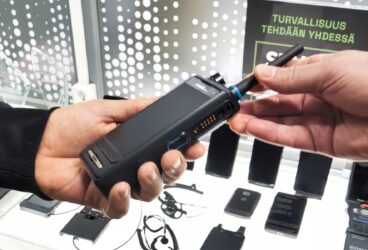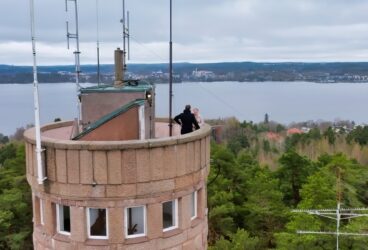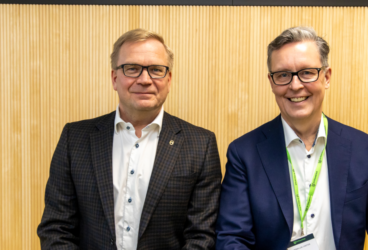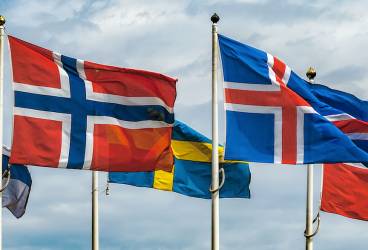Feedback from the field in the development of Virve 2.0 – service design on land, underground, at sea and in the air
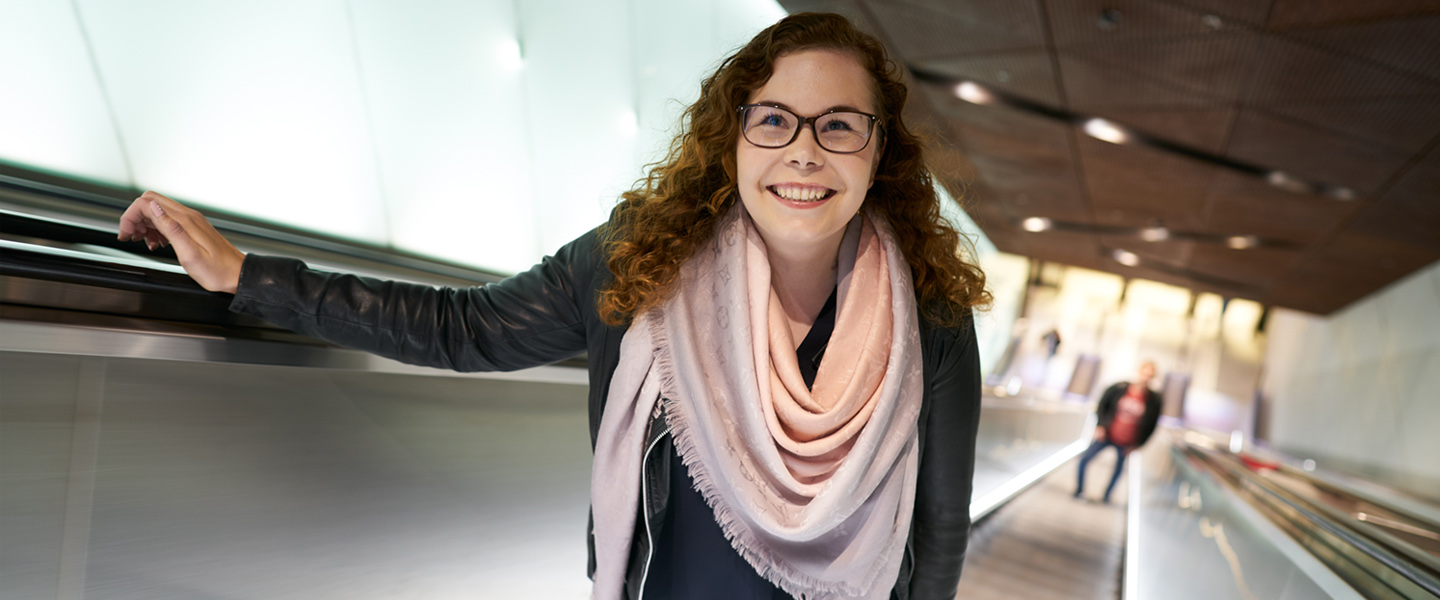
Since spring 2019, the work of Erillisverkot Service Designer, Reetta Siltasalmi-Kautto has included surveying the ways the current public safety network, Virve is used and related user experiences with methods of service design. In order to find out which parts of Virve work and which new features are needed, she has visited customers both on land, at sea and in the air.
For a telecommunications technology engineer, the development of Virve is a dream and a source of constant motivation. She is well versed in technology but finds that the methods of service design are the best way to approach practical considerations related to different use situations.
“Customers can explain their wishes when I pose questions, and I get to see the different conditions in which Virve is used. The conditions vary in different parts of Finland. For example, the needs are completely different in Lapland compared with the south. Virve must also work both in the subway and in a helicopter,” says Siltasalmi-Kautto.
“Voice services are considered very important and they will still be required in the future even as Virve 2.0 makes it possible to transmit image and data in real time. On the other hand, some customers wish for completely new kinds of solutions, such as smart watches, instant messaging applications and voice control of applications.”
The Virve 2.0 service is terminal device independent, meaning that different users can use the service with different terminal devices that fit their activities exactly as long as they have been approved by Erillisverkot and support priority features for the authorities. Examples of terminal equipment include mobile phones, sensors, computers and routers.
“The development of Virve 2.0 must take into account all the different use locations from subway trains to ships and from cities to mountains,” says Reetta Siltasalmi-Kautto.
Using all feedback channels
The development of Virve 2.0 started already in 2018, in cooperation with security operators and other actors critical for the security of supply. The diverse services of Virve 2.0 are developed and targeted for different user groups based on the received feedback.
“We have already discussed widely with our customers about the wishes they have for the new Virve 2.0 administrative radio network. In addition to service design, our account managers listen to the customers’ wishes and gather their views regarding the services, making sure that these are taken into account in the development. Next, we will send out a survey to different user groups,” says Harri Virtanen, Erillisverkot Head of Department of Customer Relationships.
Service design, surveys, interviews and discussions. These diverse ways of listening to customers have a clear objective.
“We try to make sure that the wishes and proposed changes are not just individual views by gathering various types of feedback. It is easier to form an overall picture of the most common development needs by gathering feedback in many different ways.”
“We want to gather wishes regarding Virve 2.0 development with a variety of methods to obtain a comprehensive overview,” says Harri Virtanen Head of Department of Customer Relationships for Erillisverkot.
Testing Virve 2.0 will start in 2021
Some customers of Erillisverkot will get to test the Virve 2.0 broadband connections already in 2021. The priority features aim to ensure that security critical operators will have sufficient bandwidth, for example, for transmitting video at the site of an accident or in large events. These days, bandwidth can get crowded because everyone who is present sends video simultaneously.
In late 2022, customers will get to test the new services, such as the new mission critical group video and voice call. The goal is to start using Virve 2.0 in 2023 but move customers to use it in stages. However, the completely optimised current Virve will not go offline quite then but will remain in use at least until 2025.
There is still plenty of development to do before the testing can commence.
“There are approximately 1,400 Virve customers and 44,000 subscriptions so we need plenty of time. We plan the schedule, budget and organisation of deployment together with the customer as well as pilots, training, operative use of the services and everything else required,” says Harri Virtanen.
Virve 2.0 contains
- Virve communication applications used to replace the current Virve.
- New applications for customer needs.
- Standardised interfaces with critical information systems.
- A reliable and safe wireless broadband service.
- An ecosystem of terminal equipment.
Virve 2.0 schedule
- 2018 Project launch: survey of customer needs and the service design begin.
- 2019–2020 First phase: Erillisverkot procures the Radio Access Network (RAN) service from Elisa and the mission critical mobile network information systems (Core) from Ericsson.
- 2020–2021 Second phase: Erillisverkot procures the mission critical Virve 2.0 communication applications and provide its customers access to prioritised broadband Virve 2.0 connections.
- 2022–2025: Transition phase: Virve and Virve 2.0 usable side by side. Customers get access to mission-critical Virve 2.0 communication applications.
- 2025 Deployment ready: Transition to use only Virve 2.0. New Virve 2.0 services are continuously developed based on customer needs.

